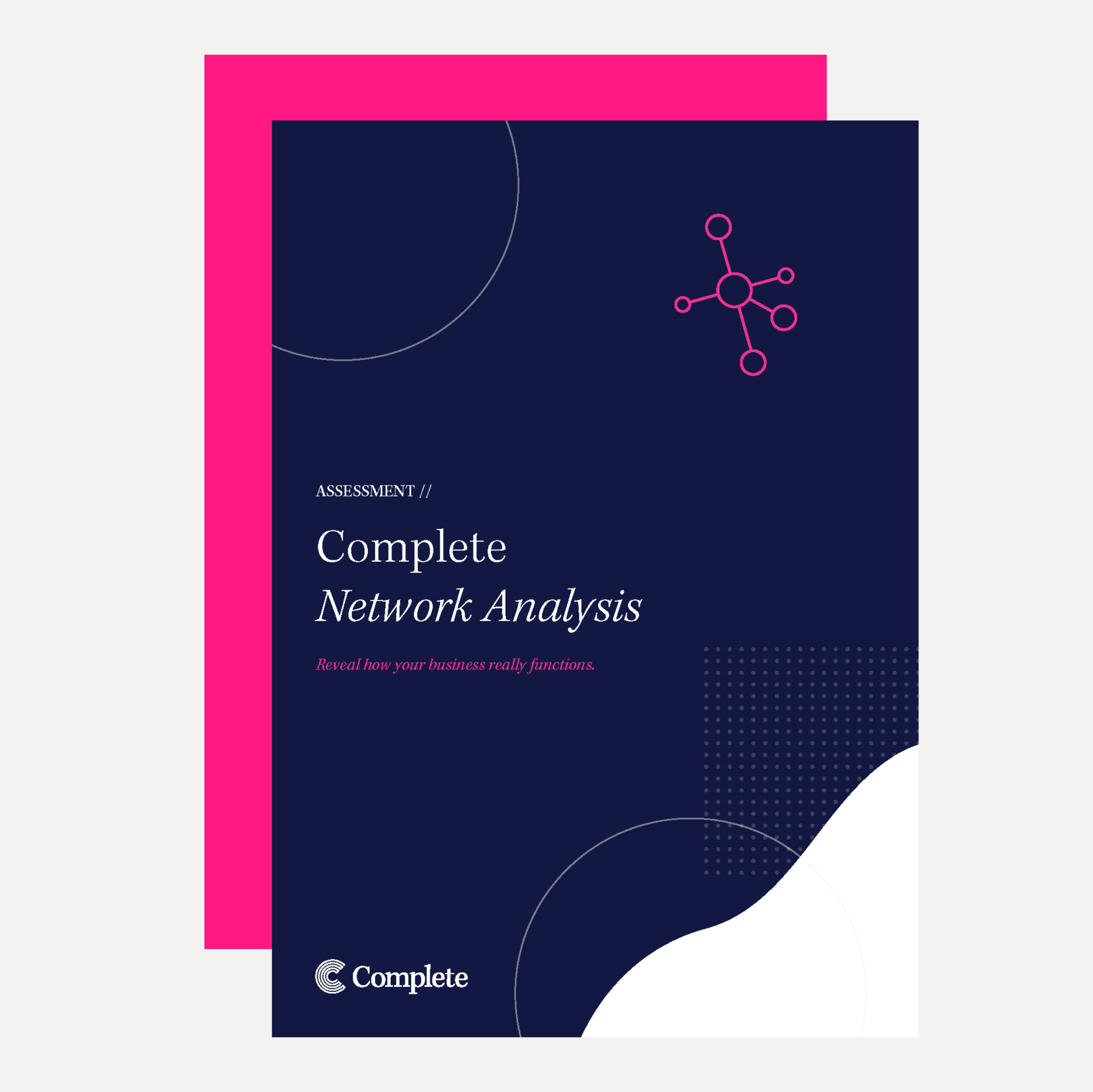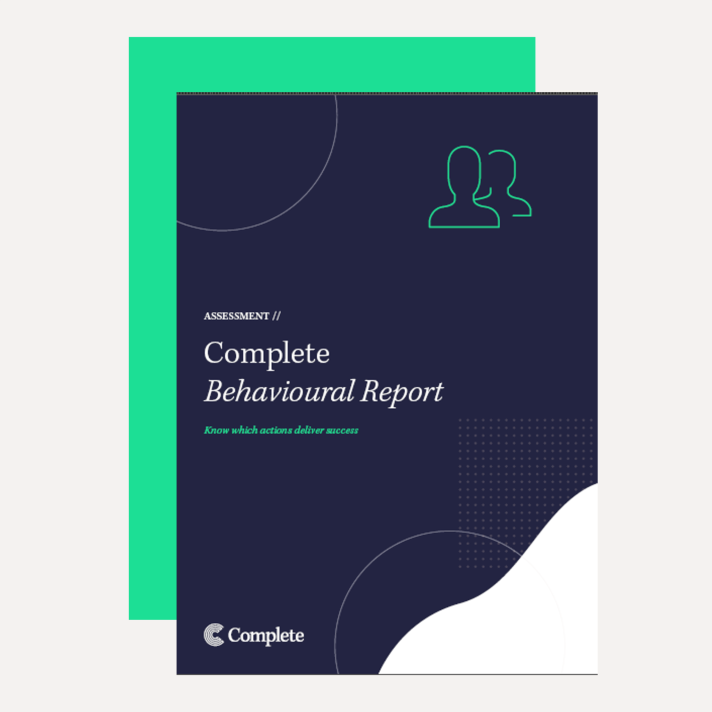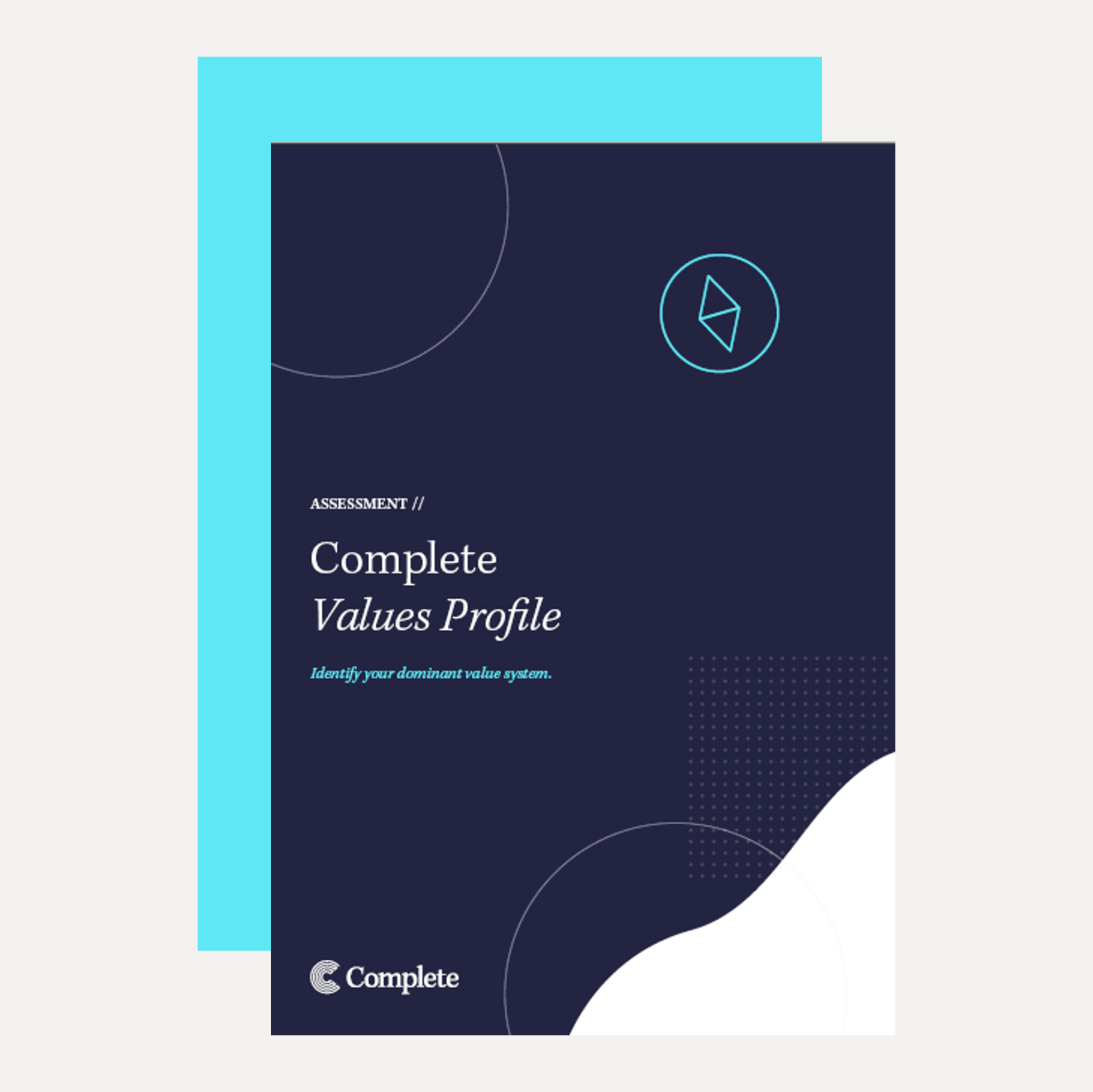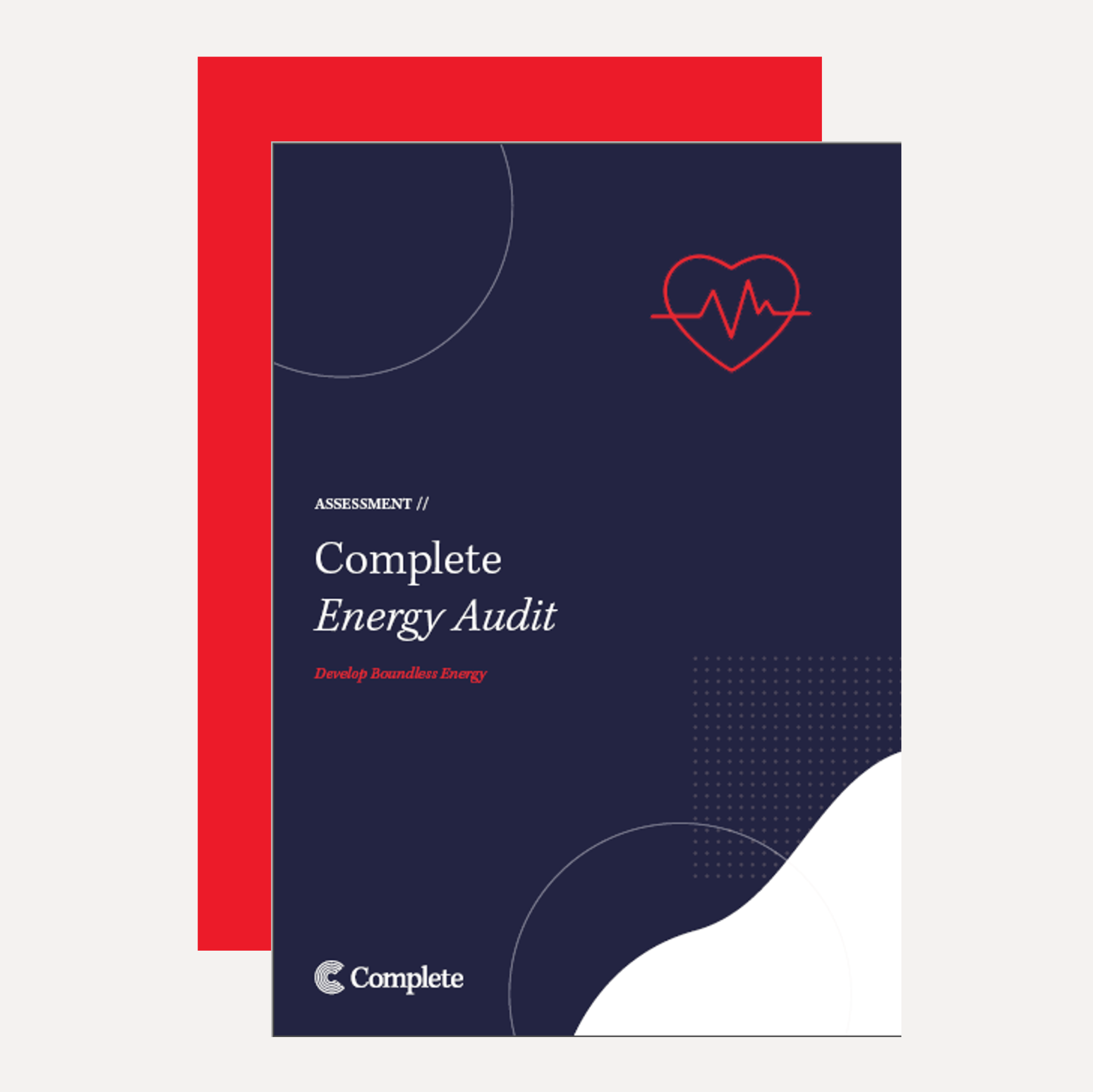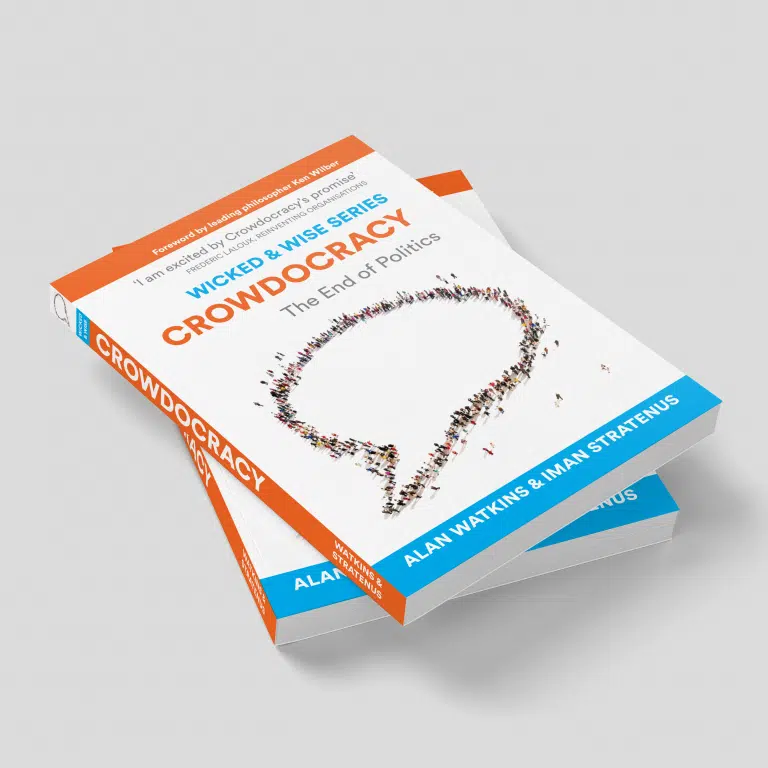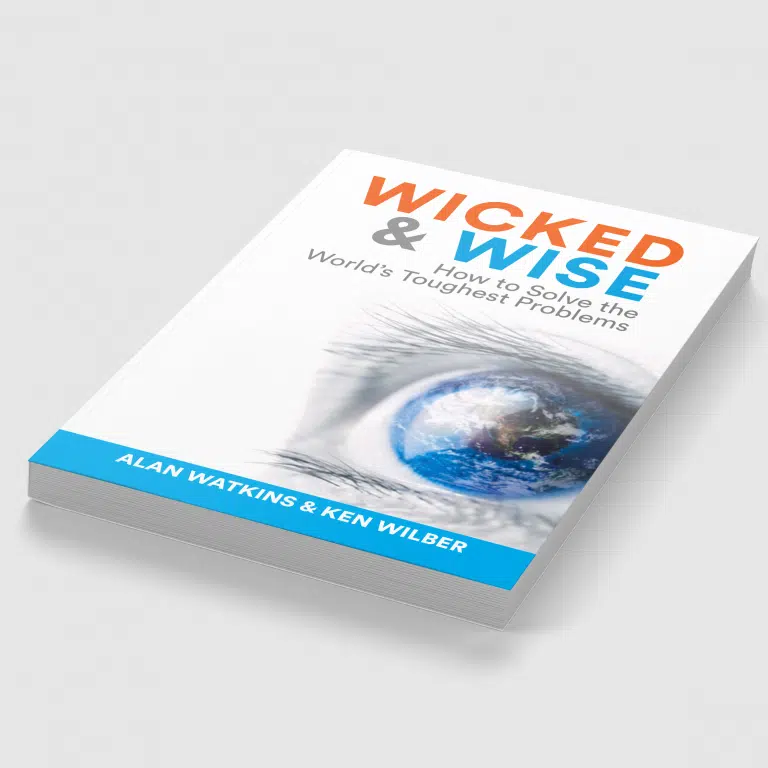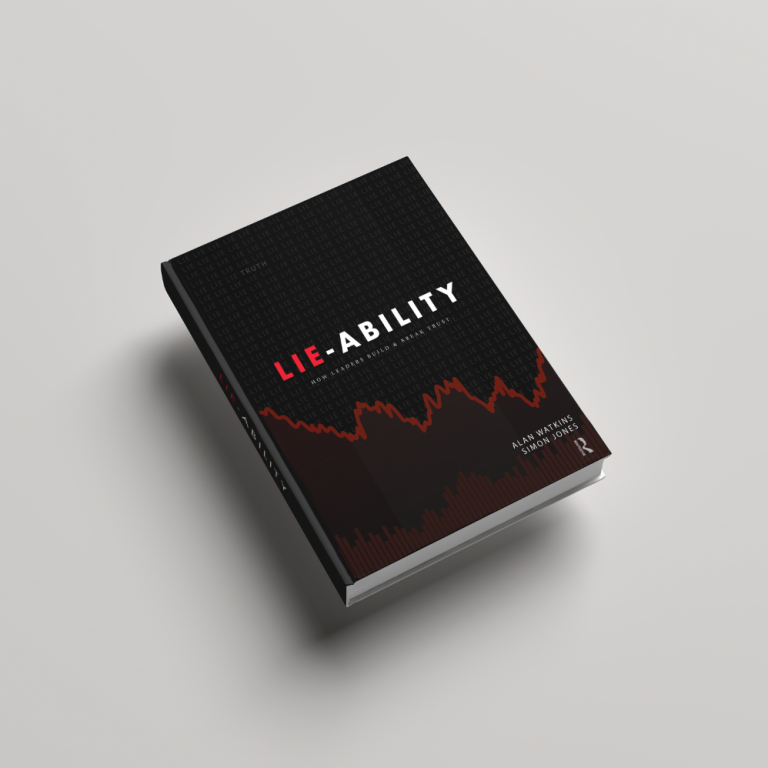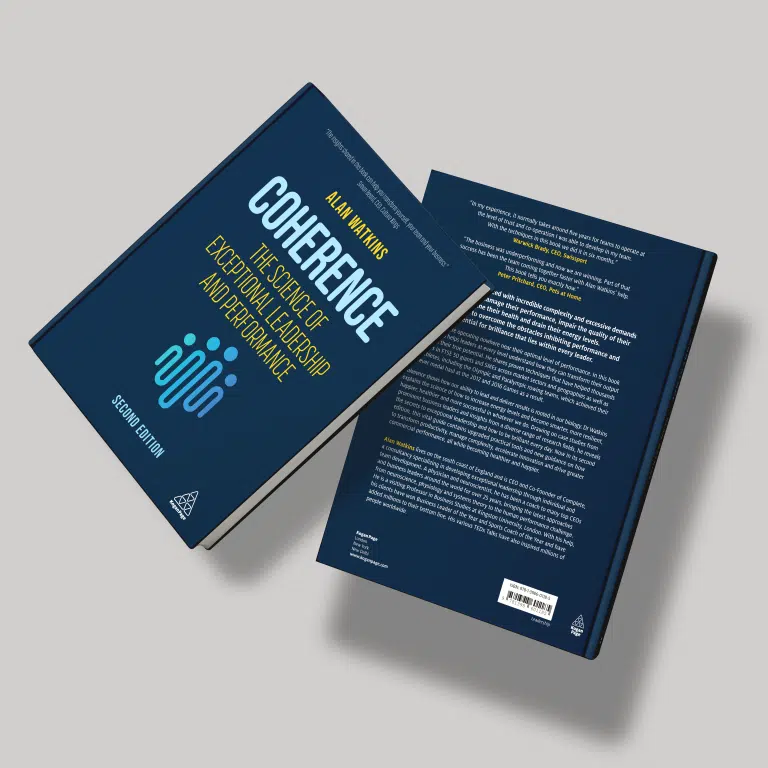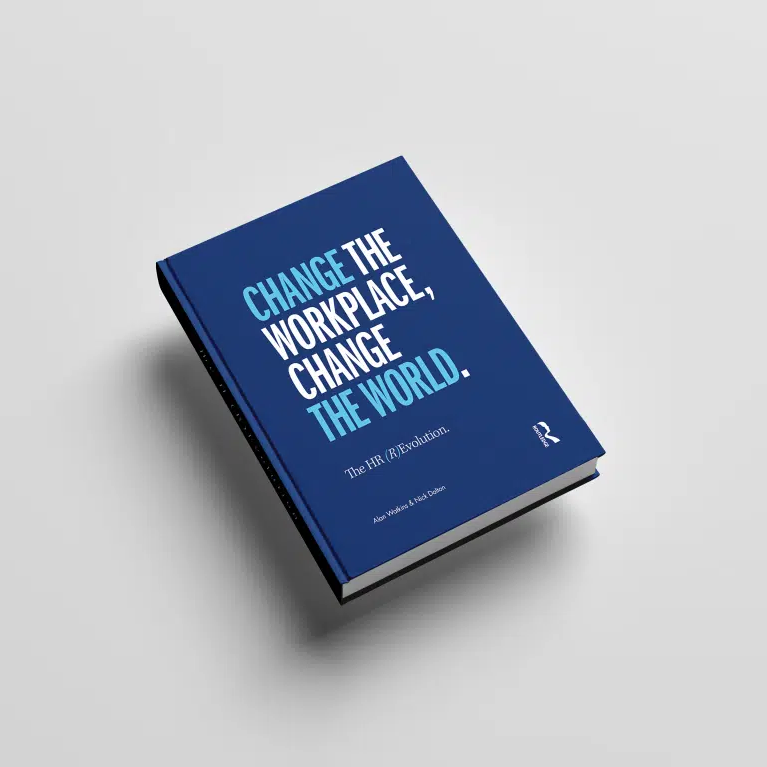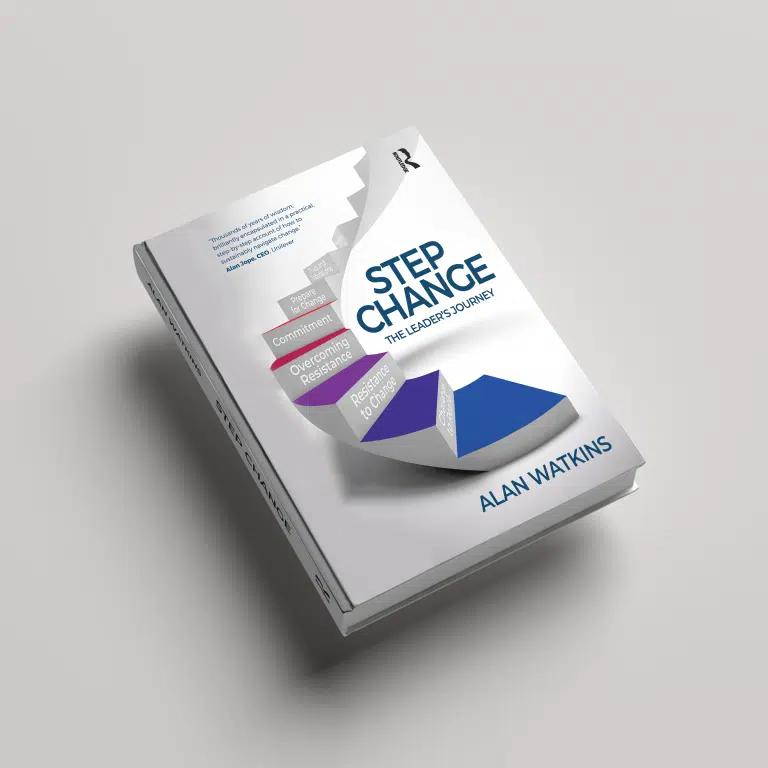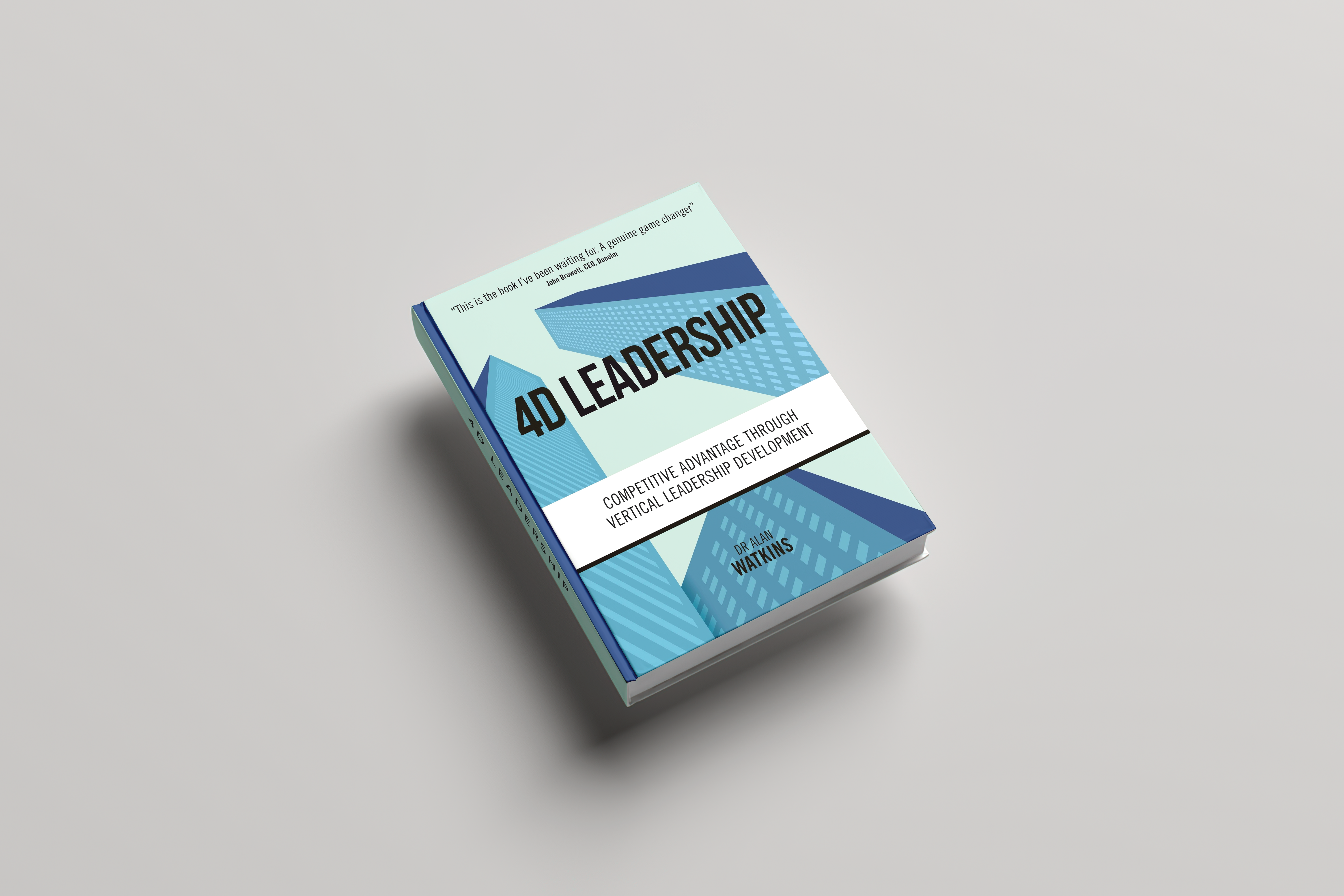According to Edelman’s annual Trust Barometer, our trust in public organisations is not just on a slow, but marked decline. In fact, in 2022 for the first time, businesses were more trusted than government or the media, and even NGOs. However, the result is nothing to be proud of. Only 61% of survey respondents said they trust business.
Trust in a business context is essential. It’s the unseen glue between people that has been linked to turnover intentions, employee wellbeing and many other organisational outcomes. In fact, employees who distrust their leaders are about nine times more likely to seriously consider leaving their organisation. Improving levels of trust can not only save organisations money replacing staff who leave, but it may also reduce sickness and absence costs.
What makes us trust?
There are four key aspects to trust, and they fit into the I, WE and IT dimensions of leadership (see our book on 4D Leadership) that we have talked about before:
- How people behave (in the I dimension)
- Who they are (in the I dimension)
- What they deliver (in the IT dimension)
- How we connect with each other (in the WE dimension)

Trust requires us to be confident in the actions of someone else – even when there is no guarantee of those actions. When we trust we are willing to take a risk for someone else. In a work context, this could mean sticking with a leader, even when an organisation is going through a tough time.
So, what can we do to build trust at work?
How to build trust at work
We need to start with a better understanding of ourselves and how trustworthy we are. An assessment like the Complete Values Profile is an excellent start point to developing this kind of understanding. It can not only give you an insights into how trustworthy you may be, it can also show you want you need to do to further build trust.
The Complete Values Profile is a short online questionnaire that is grounded in the research by Clare Graves. Each of us operates from one of the eight levels in the Complete Values Profile and when we understand each other’s value sets, we can start to build our trust worthiness.
If I know I’m a process person (blue value set) and you’re a bit freer and easier with the rules (orange value set), then I know why we might struggle to agree. Without that understanding I might be less likely to trust you. With that insight, I know that it’s just that we’re operating from a different value set and nothing to do with how trustworthy you are.
Maintaining trust
Understanding each other’s value sets will get you on the right road to establishing trust. To maintain that trust, we go back to the four ingredients of trust outlined above – personal behaviour, personal motives, delivery/competence and relationships.
That means following through on our actions and doing what we say we’re going to do – keeping our promises. We need to treat people with integrity and without judgement. We need to listen when our colleagues have issues – show them we are concerned about them. Finally, we need to be competent at our job and being reliable.
Trust may be elusive in the wider world, but it’s something we should all be striving for in the workplace. I hope these insights help you build the trust that we all want.













